Even after 13 lakh tourist arrivals and a lot of interventions announced by the government, the economy on the eve of Eid is indicating a serious slump. Masood Hussain interacts with the stakeholders to understand why the recession is so popular word in Kashmir
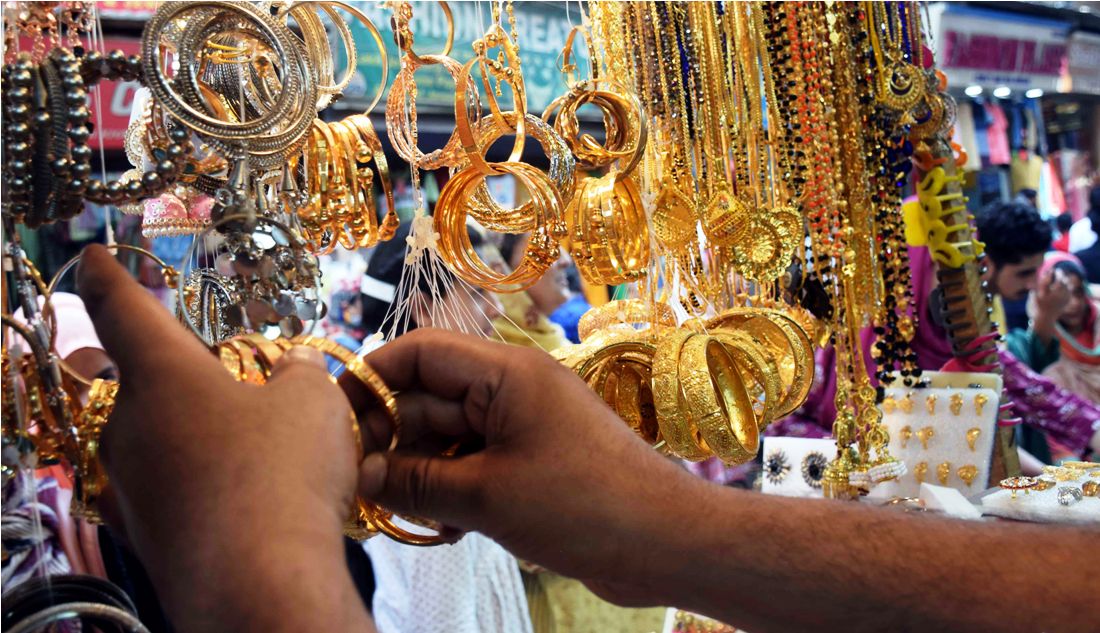
On the eve of Eid-ul Azha, the Greater Eid, Mehrajuddin Ganai is restless. A major livestock importer, he has no idea about how the market behaves, this summer.
“I know the people are suffering from low incomes,” Ganai said. “But that is not the only factor that works when we have to sell the livestock for the animal sacrifices.”
Most of the sales take place barely a day or two before Eid because the people in urban Kashmir lack enough facilities to manage the animals in their homes. “It would be a blessing if we are able to reach the level of sales that we used to have till 2018. All these years, we have had massive fall in demand as the consumption nosedived.”
Srinagar is the major market that consumes the animals for sacrifices. In the periphery, people mostly raise their own animals for sacrifices and avoid purchases. However, Srinagar being completely urban and concrete, it has been consuming up to 250 thousand cattle heads – mostly sheep and goats – in the week ahead of the Eid-ul-Azha, when the faithful offer sacrifices. “In the last few years, we did cross 100 thousand animals but not much,” Ganai said.
Deserted Srinagar
In anticipation of the Eid-ul Azha, like the other Eid following the month of fasting, Srinagar streets would start humming with activity almost 10 days ahead. There would be crowds and traffic jams everywhere and the business would work overtime to manage demand. This Eid, like the last one almost 70 days back, the business streets are deserted. Footfalls in markets are even lesser than on normal days.
“I got a call from a major businessman in Lal Chowk inviting me for a discussion over a cup of tea,” another trader, operating from the city periphery, said. “He said he had not much of work and a lot of time so it is better to use the time in a discussion on what is happening to the market.” A trader saying they have spare time a day ahead of Eid is the worst interpretation of market conditions.
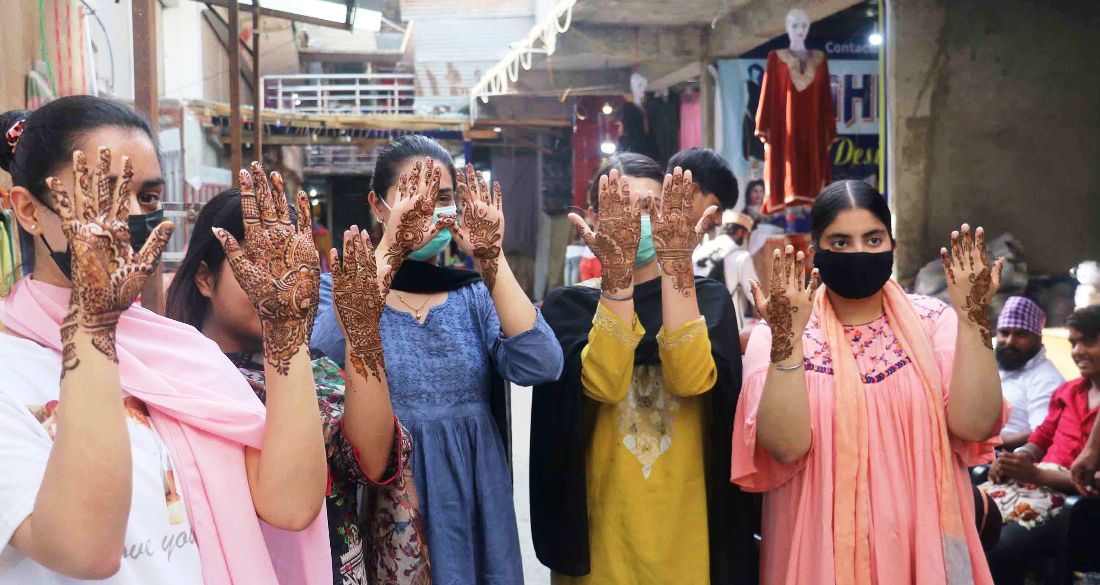
The Muslim world has two major festivals, two Eid’s. Of the two, the Eid-ul-Azha is elaborate and expensive because it entails the purchase of animal sacrifices and the faithful also invest heavily in the Hajj pilgrimage that also coincides with the festival.
After a hiatus of two years, Jammu and Kashmir saw the resumption of the Hajj pilgrimage and this year 6072 people flew to Mecca through the Hajj Committee, an official organisation. Besides, an estimated one thousand people (officially only 150) people flew to the pilgrimage using the services of private travel networks that cost anywhere between Rs 6.50 to Rs 11 lakh, depending on the facilities sought and provided. The Hajj has already led to an expenditure of Rs 350 crore this year.
Since the pilgrimage is a journey that the faithful plan for a long time. In certain cases, they started saving from an early age for the pilgrimage mandated on every faithful who can afford it. So it can be delinked from the prevailing economic recession that Kashmir finds itself in.
Mandatory Sacrifices
Unlike the capital-intensive Hajj, animal sacrifices are offered on a mass scale and do not require huge investments at household levels. As a result of this, it triggers most of the business and there is no capital flight as well.
In Kashmir, according to the 2011 census, 9.55 lakh families live in ten districts. Ideally, more than fifty per cent of them would offer animal sacrifices on Eid. A significant part of it would take place in Srinagar, the major city having a huge population, both residents and floating. Livestock imported from Rajasthan and other places and the flocks raised by the local herders and the traditional bakerwals are usually consumed by Srinagar.
“By average, an animal costs not less than Rs 17,000,” one trader in Srinagar’s Eidgah – that gets converted into a major livestock market for almost 15 days till the Eid is over, said. By this logic, even if herds and importers are able to sell only two lakh animals, it would almost equal the expenditure booked overall on the Hajj pilgrimage.
Gania said it is much more. “We have had already one lakh animals in Srinagar and then we are not the only players,” Gania said. “Local herders and Bakerwals are also selling their animals and I believe they also have the same number,” Ganai said. “Outside Srinagar, the sub-urban areas including all the townships rely on markets for animals because they are not into animal husbandry. So the turnover is much higher, even if the recession is around.”
The real worry, Ganai said is the highway. “Because of yatra restrictions, our trucks are being stopped and there is a lot of mortality,” Ganai said. “Frustrated the ones who take the Mughal road suffer more because the road conditions are worst.”
However, market conditions suggest that only one-fourth to one-third of the Muslim households in Kashmir may be offering animal sacrifices, this year. In most cases, the prevailing recession is the key villain.
Deconstructing Slump
Banking sector statistics offer some idea about the stagnation that the economy in Jammu and Kashmir is exhibiting. There is sub-average growth, a post-2018 trend, in both deposits and advances. While the low deposit growth suggests people are unable to spare much to save and park with the banks, the low advance level reflects the lack of credit appetite indicating a slump. Unlike Kashmir, which is numerically very ambitious to explore and invest in, Jammu is hugely down. It is Shopian, Kupwara and Ganderbal showing signs of better credit appetite but not Srinagar, the erstwhile epicentre of the Kashmir market.
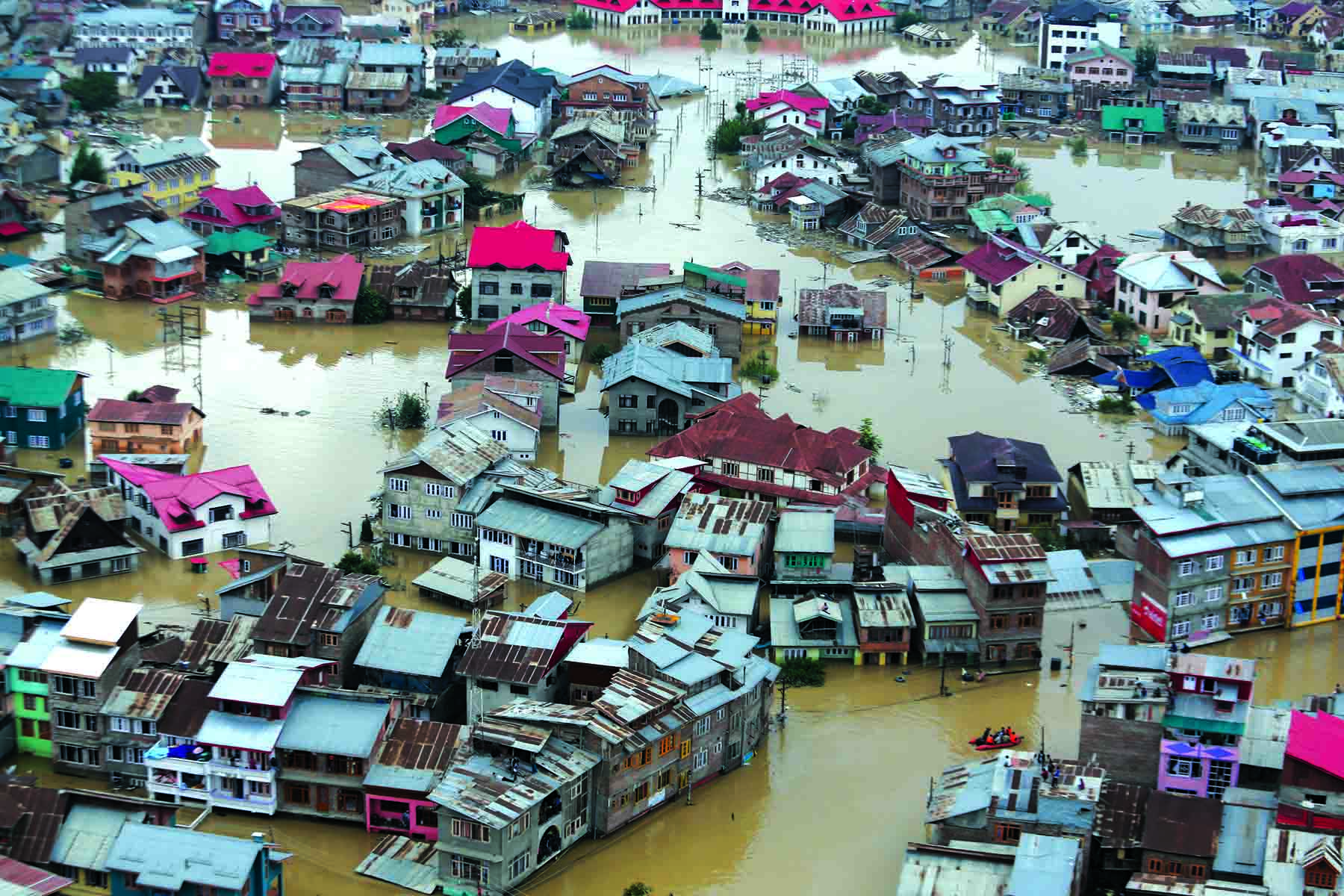
“We lost the growth trajectory in 2014,” Fayaz Ahmad of Alfa Sanitation said. “It was flooding that decimated the market and well before a recovery could take place a series of interventions pushed the economy into a downward spiral.” Then came the Covid19 that halted any prospect of growth.
People, M Yasin Khan, who leads a trade body, asserts have lost their purchasing capacity. “Do not look at the top business class, see the real issue is in the middle and lower class,” Khan said. “It was demonetisation that started it and the GST regime added to the mess and crisis continues.” Kashmir, unlike other markets, has its own retarding agents in situation and stability.
Earlier, Fayaz said if they would invest one crore rupees in an item, they would collect the taxes for some time and pay. “Now for every Rs 1 crore, we have to pay Rs 28 lakh in advance as tax,” Ahmad said. “It prevents leveraging of the rupees as we enjoyed earlier and that has shrunken the business at the capital level at the very outset.”
Tax Collections
If tax collections are an indicator of the economy, then Jammu and Kashmir is doing great. In 2021-22, which ended on March 31, 2022, Jammu and Kashmir collected overall taxes of Rs 15179.42 crore, which is an increase of 25.38 per cent over Rs 12105.95 crore collected in fiscal 2020-21.
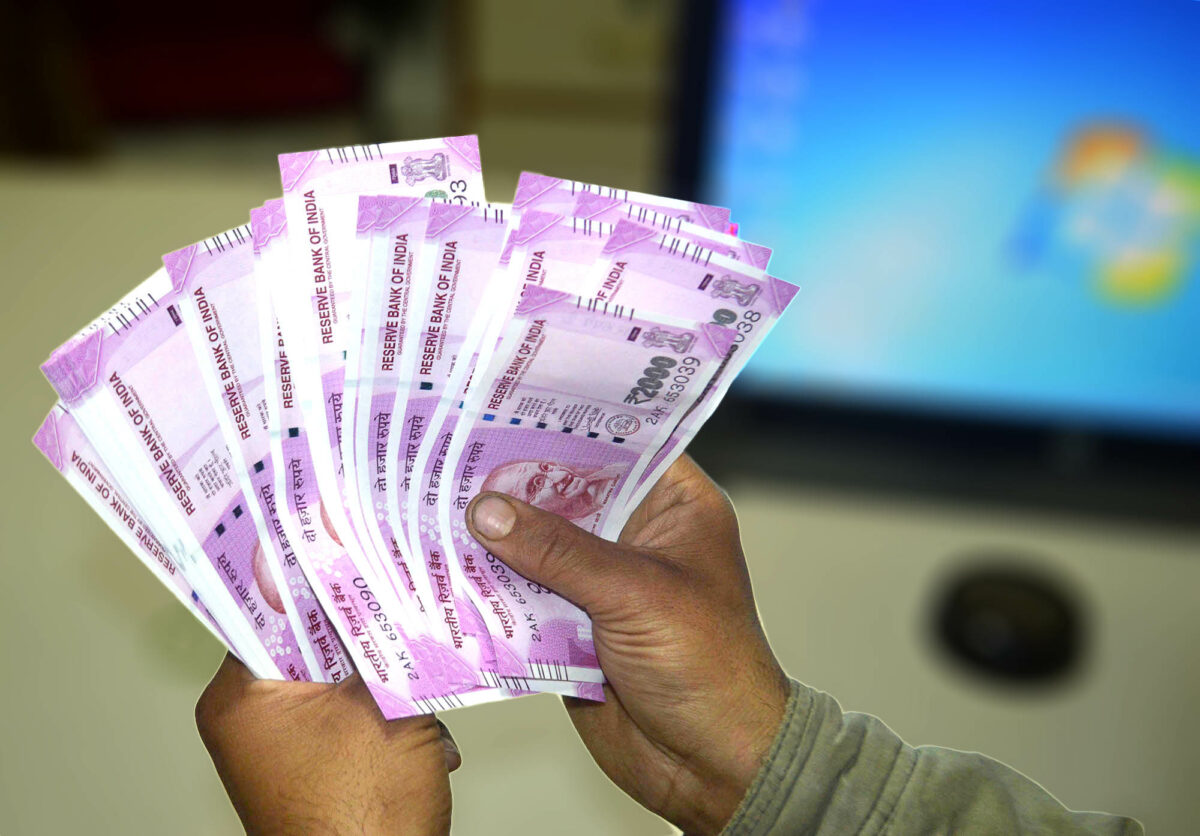
The GST collections alone stood at Rs 11,163.95 crore against Rs 9,020.00 crore collected in 2020-21, thereby recording a robust growth of 23.77 per cent.
The tax collected on the sale of motor spirits during 2021-22 was Rs 1,829.73 crore against Rs 1,459.92 crore collected in the previous fiscal, up by 25.33 per cent. The growth in the stamp duty collections witnessed a steep hike of 56.12 per cent from Rs 272.22 crore to Rs 425 crore. The Excise Duty collections reached Rs 1,760.74 crore by March 2022, against Rs 1,353.81 crore collected in 2020-21, a growth of 30 per cent.
“We are having a better growth in GST collections even this year,” an official in the tax department said. “But you must remember one thing, the 90 per cent of the tax collections comes from the top 10 per cent of the trade, the rest is huge in number and spread but small in size.” About the tax collections in the second quarter of 2022-23, the officer said he has his fingers crossed because the low consumption appetite even impacts the major FMCG goods.
The new tax regime has impacted the sales in a sector apparently serving the middle class, for instance, the personal car. “I disagree that the car is an exclusive sector,” Irfan Ahmad, MD JamKash, who also heads the car dealers association, said. “The poor quality of roads and the literal absence of dependable public transport have pushed people to have personal transport. Even families prefer two-wheelers if they cannot afford a car.”
The car sector, Irfan said witnessed a fall of more than thirty per cent. “Earlier, we used to pay Rs 5000 as a one-time contribution towards the road tax,” he said. “Now the same tax had made a car Rs 50,000 costlier, the higher you go, the hotter it is.”
In order to understand the nitty-gritty of the slump, Irfan said the real estate sector needs to be studied better and beyond the land costs, which have always been huge. “Steel costs have doubled, cement costs have gone up by forty per cent, sand now sells at more than double the cost in three years so is the case with other construction material,” Irfan insisted. “This all is pushing people to stay away from markets. For many, the hope of one day having a home of their own is not possible now, at least in Srinagar.” He said the middle class is up for a grave crisis.
Restricted Spending
Market leaders claim that public spending is hugely compromised and it is reflecting in the market. “The only major expenditure the government is ensuring is the salary,” one major trader in Srinagar said. “In a situation like this, the employees are keen to stay liquid and they avoid anything beyond what is basic and necessary.”
Farooq A Dar leads the contractors in Kashmir. An angry and unhappy man, he said the five government departments have withheld almost Rs 1500 crore for the last many years.
“As the floods took place, the government wanted us to restore the basic facilities in drainage and road sector and we did as they wished,” Dar said. “Now the government is seeking tender documents and other things, ignoring the fact that Kashmir was in a devastating flood and even the government had taken refuge over a hill. Nothing was working.”

The liabilities, Dar insists include Rs 750 crore in R&B department, Rs 266 crore in Irrigation and Flood Control, Rs 250 crore in PHE, Rs 14.5 crore in Drainage Circle Srinagar, Rs 14 crore with Estate Department and Rs 35 crore with Tourism Department. “After persuading the authorities, they have constituted a committee in the R&B department to physically verify the works but nothing much is known about other departments,” Dar said. “This has blocked a huge capital to the contractors as a result of which almost half of the tribe has given up the profession.”
Dar said the government is asking them to apply for new tenders but the crisis is that no contractor is liquid enough to manage the works even if they are allotted the same. Last March, Dar said Rs 145 crore was released in favour of major macadam contractors but the smaller ones are still unpaid.
“This money does not belong to us,” Dar explained. “We have raised debts from banks and part of material costs are also unpaid so it is a chain and this will reflect in the market.”
Yasin said the incumbent administration has a clear disconnect with the ground realities. “In elected governments, there are a lot of people who are directly connected and that is not possible in governor’s rule,” Yasin said. “There is just an adviser and many officers but how many of them know the ground situation, especially the state of economics.”
An unstable market has led to huge unemployment as the businesses avoid expanding and hiring more people. Though the hospitality sector has reclaimed its relationship with the professionals it once distributed pink slips to, it is not the same case with other sectors of the economy.
It is not policymaking alone. Even banking matters. Trade said the banking operations in Jammu and Kashmir have also become very stringent. “It is all right if they believe that banks need to have a more stringent system,” one trader said. “But, they also must be up to mark. Last Eid, all the applications of the Jammu and Kashmir failed and it triggered a huge loss. I hope it is not being repeated this time.”
Tourism Earnings
A senior official, however, said he is desperate to understand the crisis. “We are in the middle of a peak tourism year and we have always been told that the earnings from the hospitality sector have a quick cascading impact,” the officer at a senior level, not willing to talk on the record, said. “When I see the streets deserted, it essentially means that there is something that is not explained well.”
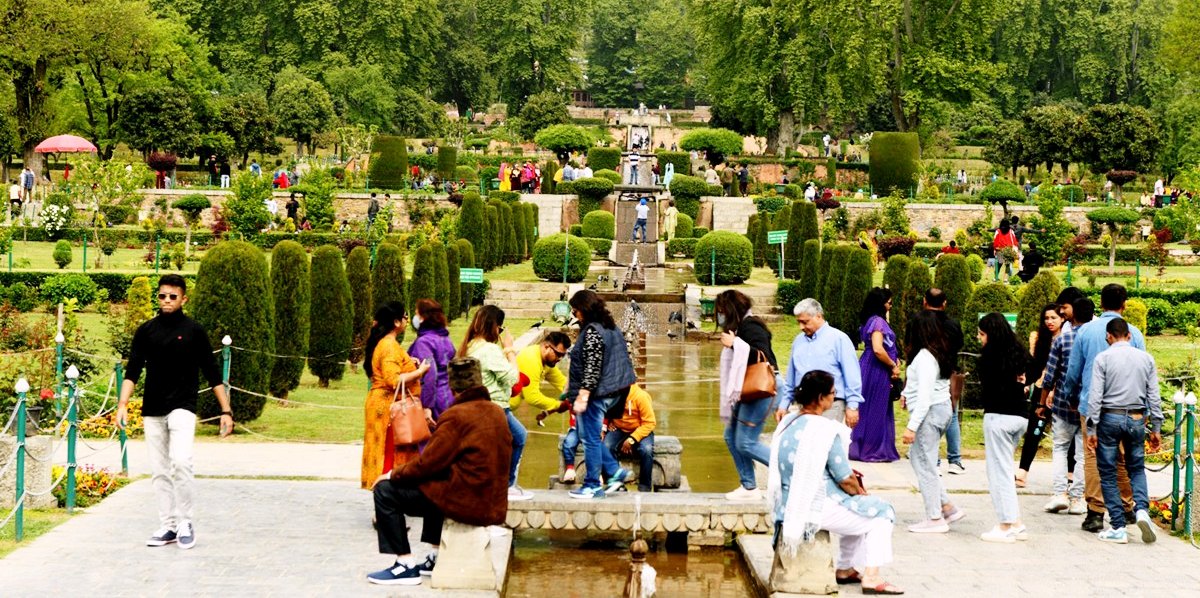
The fact of the matter is that Kashmir is right now crowded and it is very difficult to hunt for a room if it is not booked in advance. Tourists wait for many days to have a cable car run at Gulmarg. Officials said already more than 13 lakh tourists have visited Kashmir excluding the Amarnath pilgrims, a section of which mixes darshan with leisure. Never ever in history has Srinagar airport been so active and busy as it is in 2022.
So where is all the money going?
“I do not know that but I am telling you tourism is good and I also tell you 80 per cent of income in the hospitality sector moves out to other sectors,” Mushtaq Ahmad Chaya, a major hotelier, said. “I do not know why there is a slump. In my premises (Srinagar) V-Mart is doing better and all the shops are shining.” Chaya said visitors from all economic classes were coming to Srinagar, however, after the yatra started the composition slightly changed.
People in the hospitality sector said that a major part of the tourist spend goes to travel and Kashmir retains lodging and transport. “In the last few years of the crisis, the tourist draught had created small big black holes in the economy and the new income is filling them up,” the hotelier said. “The hospitality income will start showing up if the tourism sustains the whole year.”
At the same time, however, he said that the hospitality sector barely contributes less than 10 per cent to the GDP of the region. “For political reasons, it has been sexed up as a major sector, which technically it is not.”
Market Forces
Slump is literally global even though India embraced it slightly ahead of the Covid19 lockdown, owing to demonetisation and GST implementation. There are, however, market forces at play and are pushing the slump to a clearer visible state.
Over the years, companies have started getting closer to the consumer. Earlier, major companies would have their presence in Srinagar or Jammu but now, they are in all districts. “Which kind of car do you wish to drive,” one Shopian resident asked. “You will get all in the town and there is no requirement of going to Srinagar, even service is locally available.”
If this is true with cars, it is true with bakeries and fashion. In the last few years, a chain of local brands has taken off from Srinagar and has spread across Jammu and Kashmir. They all sell the same stuff in their entire network at a fixed cost. This has restricted the movement of people towards Srinagar, the erstwhile consumption capital of Jammu and Kashmir, and increased the spread of the turnover.
Off late, the management systems are placed in such a way that getting into Srinagar is all the more difficult. Sumo has been the successful successor of the big and the mini-bus. In the last 25 years, the Sumo revolutionised travel in Jammu and Kashmir as it would move on roads not worth travel and help people save time. Now, this transport sub-sector is under stress. Authorities have limited their entry into Srinagar up to bypass on all sides, mostly from south and north Kashmir sides.
“Entering into Srinagar is a challenge because it requires changing buses at least twice and the costs are too huge,” a student from Sumbal, otherwise at a stone’s throw from Srinagar, said. “It costs me Rs 350, every day if I wish to reach Srinagar”. Initially, the girl would commute on daily basis between home and college but now she is a paying guest because it costs less.
This system, allegedly dictated by the traffic jams, has hit Srinagar severely. With no Sumos getting into Srinagar, most of the mechanics report the least work. “We now get patients to Srinagar, not shoppers,” Aijaz Ahmad, said. “This reflects on the ground as the businesses have moved out.” The local trade protested against the repeated enforcements on the Sumo taxis but failed to prevail upon the decision-makers. Even Srinagar city is under-serviced. Unlike past, when the mini-buses would service the interior routes, now the mini-buses ply on major routes only. There is no possibility of a bus ride after the Mouzin calls for Eisha prayers. This decision-making has impacted the class that lacks access to personal transport.
“Earlier lepers were stopped at the borders of the city,” a taxi driver, Ghulam Nabi, said. “Now transporters are stopped at Athwajan and Parimpora. We are the new pariahs. We suggested to the government that we could avail the Batamaloo facility and use it from the bypass access but nobody is listening. Travel has gone too costly and the transporter and business are dying.”
The New Markets
Off late, the online majors are sweeping the market. Insiders in online retail suggest that almost Rs 1.5 crore to Rs 2 crore of purchases take place online from Kashmir, mostly in Srinagar, on daily basis. “Almost 2000 people are working with various delivery and courier agencies in Kashmir,” one insider said. “The trend is up because the people feel it is better to purchase online as it has the choice, is cheap and has the option of exchange.”
Conservative estimation put the online business at around Rs 1000 crore and most of this business is emanating from Srinagar city and some of the immediate peripheries. Some companies are investing more resources to take the delivery network out of Srinagar city and once it takes off, the local retail will feel the pinch of it even more
“This is being said everywhere,” Yasin said, “but the fact is that online retail is not our challenge. The fact is that the population is also surging and we understand the players will also multiply.”
Certain sections within the business have started exploring the possibility of jumping into online retail. There are a few successful models but they lack any comparison with multi-national chains. Local business is yet to understand the importance of the online market. “Most of them lack a digital identity,” Saqib Khan, a digital marketing expert said. “They are late but they will have to work faster and overtime to manage the deficit.”
A Costly Market
Post-2018, most of the local businesses say they have not been able to keep track of the new market trends and have not improved their inventory. This is reflected by declining consumer interest. The host of factors that contribute to the slump has made the business operations very costly.
“We are at a remote corner of the market,” Yasin said. “The duration that the truckloads take in reaching from Jammu to Srinagar and vice versa makes the products expensive, unlike Jammu.” Compared to Srinagar, it is interesting certain items are cheaper in Anantnag, which is hardly 50 km closer to Jammu.
All these factors have created a slump syndrome, which when linked to the overall economic downturn at the country level, emerges as a black hole. If it remains unattended, it has the potential of creating a negative gravity that will pull many things into it. Policy making and politics are no exceptions.















